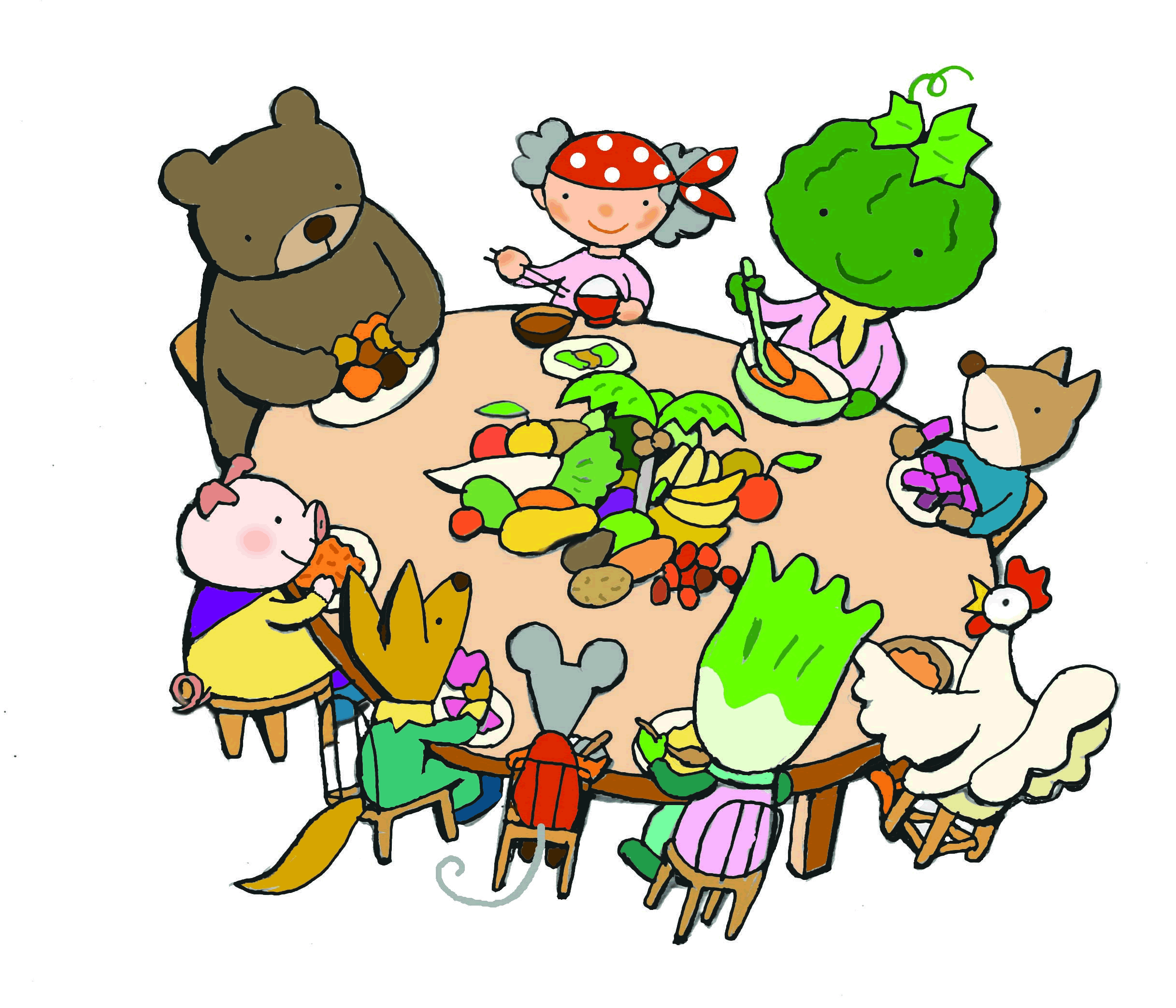Japanese consumers are strongly opposed to genetically modified foods, according to several large opinion polls. The news that China has approved GM rice was thus a surprise for everyone who cares about health and the environment. China currently does not export much rice, but Japanese food companies are increasingly setting up factories to produce frozen foods like the gyoza dumplings that were in the news in 2008, when packages with contaminated products were found in Japanese supermarkets. Unapproved GM rice that was grown illegally in China was also found in Europe in 2006, and in Heinz baby food products sold in China and Hong Kong.
In January 2007, the unauthorized GM rice, a strain called Bt 63 was found in a number of products imported to Japan. Then in May 2007, tests on a cargo of harusame (rice noodles) made by Guangdong Dongguan Jinying Rice Stick Factory of China turned out positive for illegal GM rice. Two other violations involved mochi (sticky rice flower products) from two other Chinese manufacturers.
“We don’t believe the Chinese authorities have the capacity to check carefully if the GM rice is safe or not, “ says Amagasa Keisuke at the Tokyo-based No! GMO Campaign. “They also don’t seem to have the capacity to keep illegal GM seeds away from commercial farmers, and we are worried that this will have a huge impact on Japan.”
The GM rice approved in China in late 2009 is a variety that contain Bt proteins from the Bacillus thuringiensis bacterium to protect them against the rice stem borer, according to media reports. The director of the Center for Chinese Agricultural Policy of the Chinese Academy of Sciences in Beijing says to New Scientist that he expects production of GM rice to occur in 2011 in Hubei province, but the novel strains now need to undergo registration and production trials before commercial production can be approved in restricted areas, which may take up to 2-3 years.
The rice stem borer is not much of a problem if normal farming practices are applied. Using genetic engineering to deal with such insects is not necessary. Rather, GM crops have been found to lead to the emergence of Bt resistance among insects, a problem that farmers growing BT crops have already experienced. Genetically modified Bt crops have been found to harm Monarch butterflies, and Bt resistant bollworms have also been found in plantations where genetically modified cotton is grown in the United States, according to research at University of Arizona. Japan has not approved genetically modified rice and consumers and farmers have repeatedly rejected field trials of GM rice in Japan.
Meanwhile, in Japan, there are reports of GM broccoli found growing wild in Tsu City in Mie prefecture, according to Tokyo Shinbun (Nov 21, 2009). GM broccoli is not approved in Japan, and there is every reason to believe that it has developed as a result of the import of GM canola (rape seed). Seeds from such imported varieties have been found to sprout and grow at harbours, along roads, and near food oil factories in many places around Japan. Roundup Ready and Bt canola have been found and destroyed by local activists from consumer groups, Seikatsu Club and the No! GMO Campaign near harbours in Kobe, Nagoya, Chiba, Ibaraki, and elsewhere.
Both canola and broccoli are closely related plants, which are members of the brassica family. It is a wake-up call that illegal varieties of GM crops can find their way to cross-breed and cause contamination unless the imports are stopped. Other food crops that are related to canola are Hakusai (white cabbage) and Komatsuna (leafy Japanese spinach mustard), varieties that are commonly grown and eaten in Japan. This case shows that introducing GM crops can lead to the development of invasive species that may cause unexpected and unintended harm to a local ecosystem.

